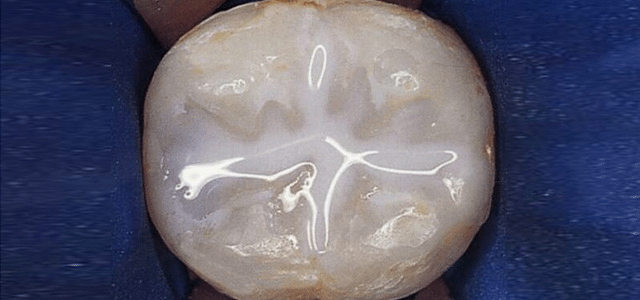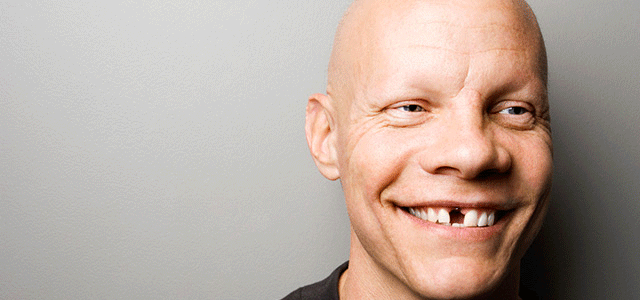When they say, “age is all in your head,” they’re probably right. But then again, your teeth are in your head, so you likely can’t escape having to pay a little more attention to them after 50. Although some oral health concerns are fairly common at that age, if you adopt a proactive mindset and
read more
Every dentist wants to ensure children’s teeth are as healthy as possible, and one of the first preventive measures they usually recommend is dental sealants. In fact, The American Academy of Pediatric Dentistry recommends placing dental sealants on the first and second set of permanent molars, which generally come in at 6 and 12 years
read more
An attractive, bright smile can enhance one’s self-esteem and confidence. Unfortunately, many people are reluctant to smile due to misaligned, overly crowded or widely spaced teeth. Invisalign therapy helps straighten the teeth in a speedy, convenient manner without metal braces. Most patients complete the therapy and achieve beautiful smiles in less than one year. Is
read more
Dental implants are generally considered the Gold Standard of tooth replacement. No other dental technology approaches the efficiency and accuracy of an implanted tooth, or the benefits derived from it. The artificial root structure is second only to your natural teeth. It is not unheard of implants enduring for 35 years. Hard and soft tissue
read more
An Implant Placement procedure is a team effort between you, your dentist, and your periodontist. Your periodontist and dentist will consult with you to determine where and how your implant should be placed. Depending on your specific condition and the type of implant chosen, your periodontist will create a treatment plan tailored to meet your
read more
People are rediscovering the comfort and confidence to eat, speak, laugh and enjoy life, all thanks to dental implants. Implants are designed to provide a foundation for replacement teeth which look, feel and function like natural teeth. A properly placed implant (or implants) can give you the ability to eat virtually anything and can smile
read more
When we experience the loss of a tooth, either through trauma or decay, the bone that surrounds the tooth undergoes a remarkably quick process known as resorption, where the bone is broken down at the cellular level and dispersed elsewhere throughout the body. Essentially, because the body believes it no longer needs this bony material
read more










